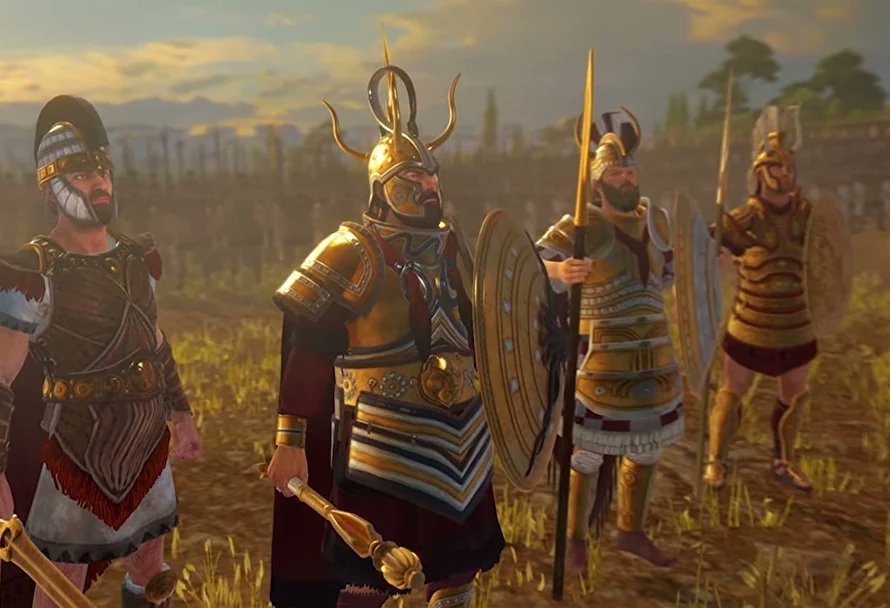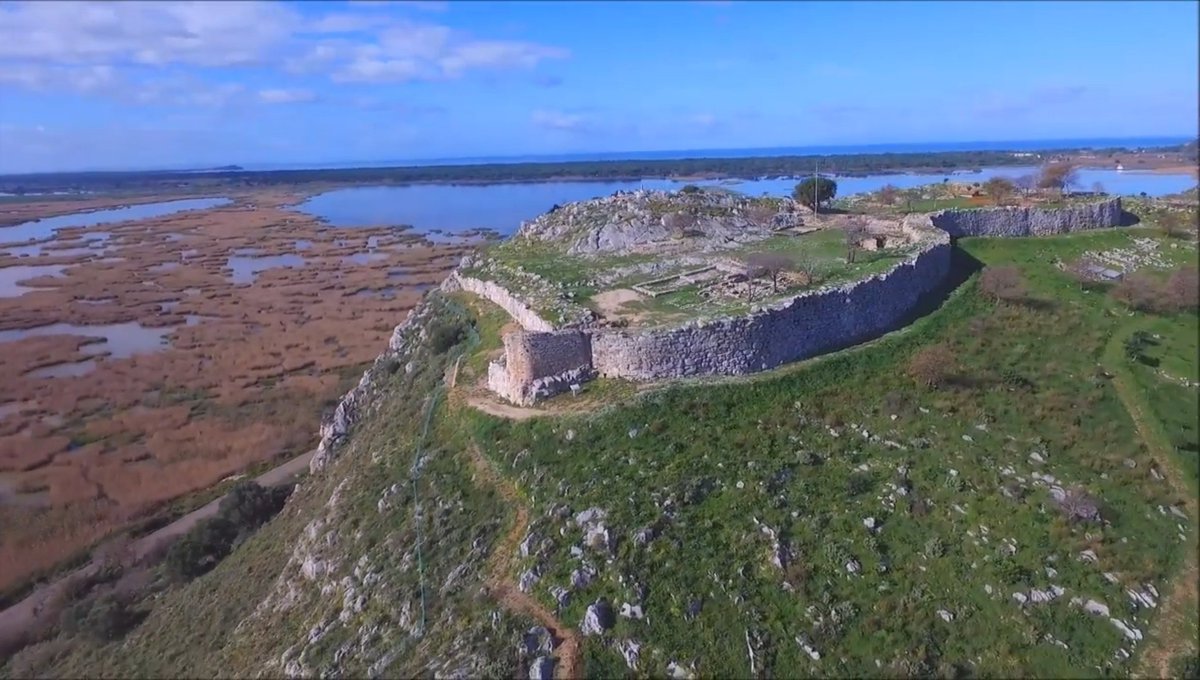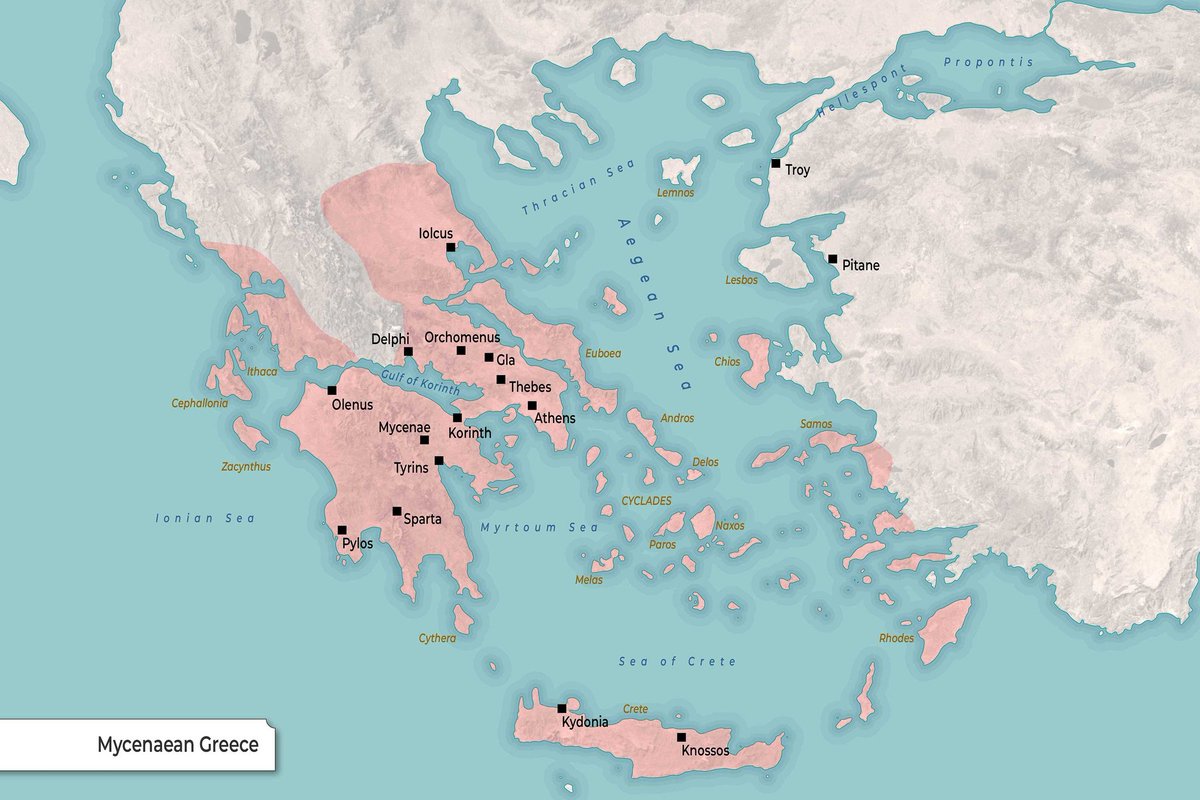1/ #SaturdayExcursion Today I was lucky enough to visit the beautiful area of Karyes in mountainous Laconia, which is located on the western slopes of Mount Parnon at an altitude of 950 meters and in a green landscape with many walnut trees. 



2/ Here, in ancient times was the Laconic settlement of Karyai. According to mythology, the army of the Mycenaean king Menelaus of Sparta was gathered here before it set off to take part in the Trojan campaign. 

3/ In honor of this fact, Menelaus planted some plane trees outside the modern village of Karyes on the road to Ayios Petros (Saint Peter), which dominate in the same place to this day. 

4/ The Lacedaemonians built one of their most important sanctuaries in Karyes in honor of Artemis Caryatis. Young maidens from the most prominent families of Sparta danced around the statue of the goddess every summer (Karyateia). 

5/ The female dancers were the model for the six Caryatids of the Erechtheion on the Acropolis. The modern inhabitants of the village built a monument in honor of the Caryatids of Erechtheion giving their own explanation in the sign below. 







• • •
Missing some Tweet in this thread? You can try to
force a refresh
























